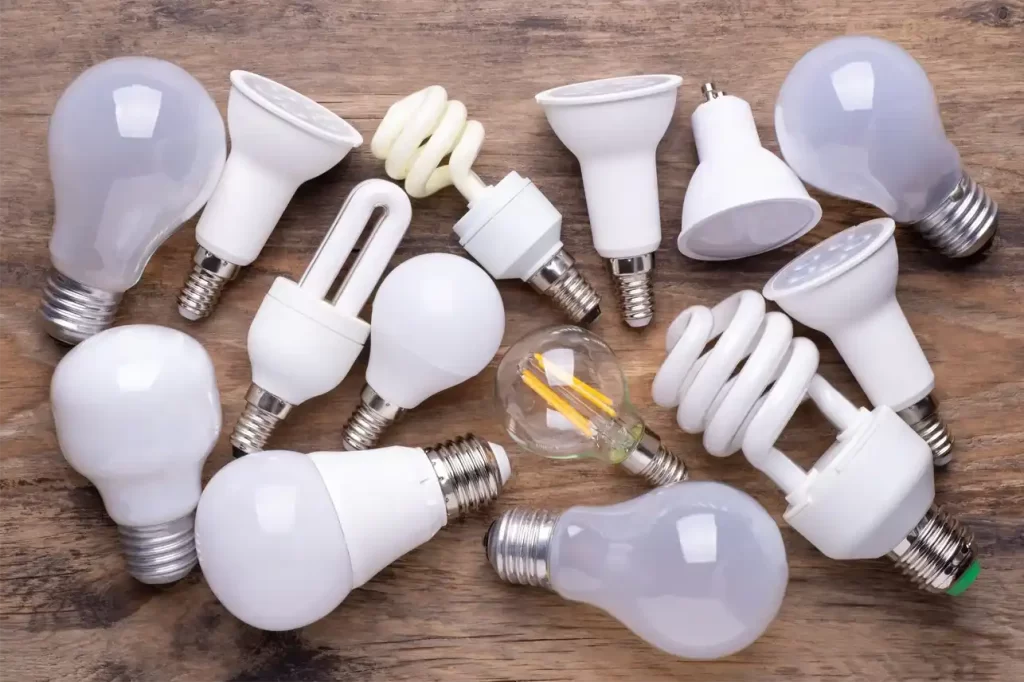When it comes to lighting up your space, the choice between halogen and LED lighting can make a significant impact on both your energy bills and the environment. Let’s delve into the differences between these two popular lighting options to help you make an informed decision.
Halogen lighting has been a longstanding choice for many households and businesses due to its bright, warm light. These bulbs are relatively inexpensive and provide good colour rendering, making them suitable for tasks that require accurate perception of colours. However, halogen bulbs are not the most energy-efficient option available. They tend to produce more heat and have a shorter lifespan compared to LED bulbs.
On the other hand, LED lighting has gained popularity in recent years for its energy efficiency and longevity. LED bulbs consume significantly less energy than halogen bulbs, which can lead to substantial savings on your electricity bills over time. Additionally, LED lights have a much longer lifespan, typically lasting up to 25 times longer than halogen bulbs. This means fewer replacements are needed, reducing maintenance costs as well.

LED lighting also offers versatility in terms of design and functionality. LED bulbs come in a range of colours and styles, making them suitable for various applications such as ambient lighting, task lighting, or decorative purposes. They are also available in dimmable options, allowing you to adjust the brightness levels according to your preferences.
In terms of environmental impact, LED lighting is the clear winner. LED bulbs do not contain harmful substances like mercury, which is commonly found in compact fluorescent lamps (CFLs). Furthermore, their energy efficiency helps reduce greenhouse gas emissions associated with electricity generation.
While LED lighting may have a higher upfront cost compared to halogen bulbs, the long-term benefits in terms of energy savings and durability make them a cost-effective choice in the long run. If you’re looking to upgrade your lighting and reduce your carbon footprint, switching to LED lighting could be a bright idea.
Both halogen and LED lighting have their own set of advantages and disadvantages. When making your decision, consider factors such as energy efficiency, lifespan, environmental impact, and upfront costs. Ultimately, choosing LED lighting can lead to brighter savings and a greener future for all.

It is recommended to hire a qualified electrician to convert your lighting from halogen to LED. While it may be possible to do it yourself, electrical work can be complex and it is important to ensure the job is done safely and correctly. A professional electrician will have the expertise to handle the conversion efficiently and in compliance with regulations.
Say goodbye to outdated halogen lights and hello to energy-efficient LED lighting! 💡✨ Fawcett Group specialises in seamless halogen to LED conversions for your home or business. Save on energy bills and enjoy better lighting quality today!
Contact us today. 🔌💡